Facebook may be the largest social networking site in the world today, but LinkedIn has been supporting its users for a longer time period. And more importantly for those looking to network and develop business connections, LinkedIn users know the platform as the “professional social networking site.”
In a world where technology is rapidly changing, the longevity of the tech company, which was founded in 2002 in the living room of co-founder Reid Hoffman and officially launched on May 5, 2003, is a tribute to its utility and dominance within its niche in social media.
In fact, search interest for the term “LinkedIn” has increased 335 percent since 2010. And, when it comes to interesting LinkedIn statistics and LinkedIn facts, there is a surprising abundance.

Digging into LinkedIn Demographics
LinkedIn now has more than 1 billion members in more than 200 countries and territories, with over 67 million registered companies.

Of those LinkedIn users who are frequently engaging with the platform, 40 percent access it on a daily basis, clocking up over 1 billion interactions every month. However, LinkedIn is used sparingly, so you only have a few minutes to make an impact. Users only spend about 17 minutes on LinkedIn per month.
According to the Pew Research Center Social Media Use study, LinkedIn remains popular with college students. Further research into these LinkedIn statistics revealed that over 50 percent of adults who have a bachelor’s or advanced degree in the US are LinkedIn users, while the site engages with only 10 percent of people whose education doesn’t surpass high school.
However, with the rising trend valuing “skills, not schools”, there has been a growing number of jobs being posted on LinkedIn which don’t require applicants to have a degree.
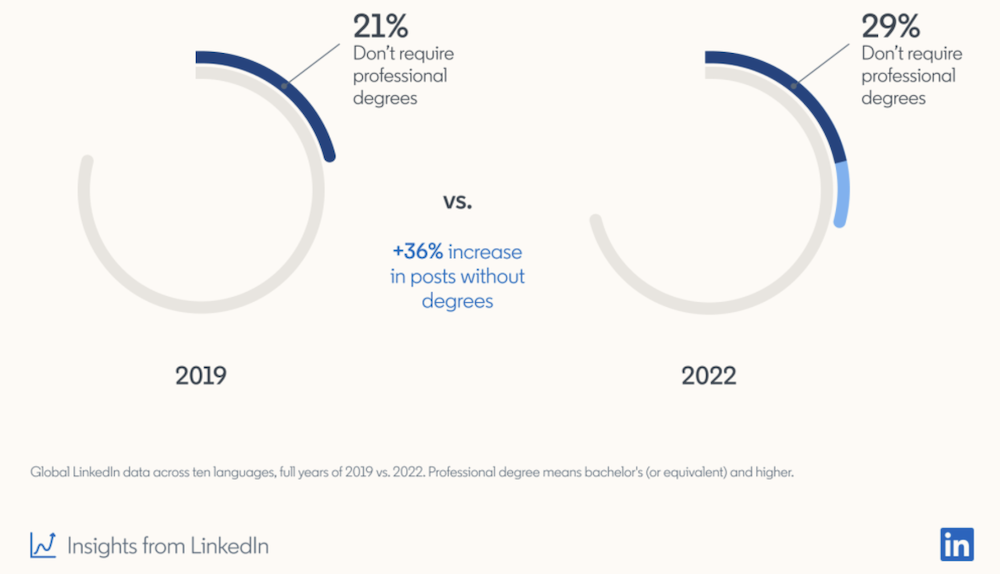
In 2019, 21 percent of LinkedIn paid job postings did not require a professional degree. This grew to 29 percent in 2022, marking a 36 percent increase.
The study from LinkedIn also found that members with a paid recruiter subscription are five times more likely to seek out potential candidates based on their skill set rather than their academic qualifications.
Additionally, 44 percent of LinkedIn users take home more than $75,000 per year, which is above the national median in the US.
Although the US has the most LinkedIn users at 214 million, nearly 80 percent of LinkedIn users are from outside of the US.
Along gender lines, in 2024 LinkedIn is more popular with men, who comprise 56 percent of its users base. And, interestingly, millennials make up over 59 percent of LinkedIn’s user base, with 11 million of the 87 million millennials in decision-making positions.
LinkedIn Revenue: The Financial Facts
Microsoft, recognizing the value of LinkedIn, acquired the company for $26.2 billion in 2016. However, unlike many other social media platforms which rely on advertisements, LinkedIn’s services are something for which users are willing to pay.
In 2023, LinkedIn’s annual revenue exceeded $15 billion, representing a 10 percent year-on-year increase when compared to 2022.
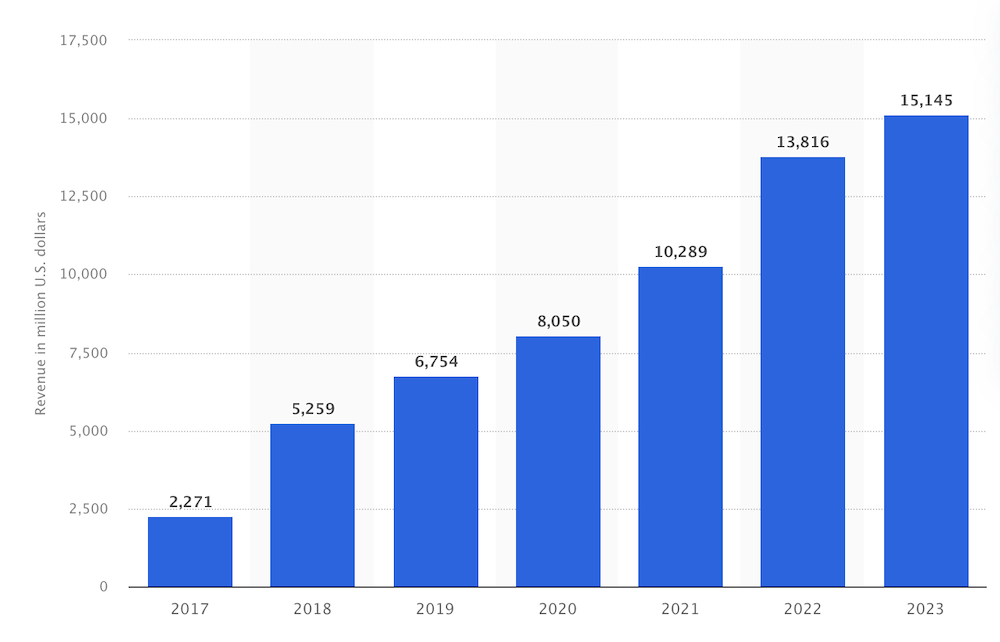
A total of 39 percent of LinkedIn users pay for LinkedIn Premium, which has four price tiers which vary by country. In the US, the plans are priced as follows:
- Career: from $39.99.
- Business: $44.99 / month when billed annually.
- Sales Navigator Core: $79.99 / month when billed annually.
- Recruiter Lite: $139.99 / month when billed annually.
All plans come with a 1 month free trial and LinkedIn sends out a reminder 7 days before the trial ends.
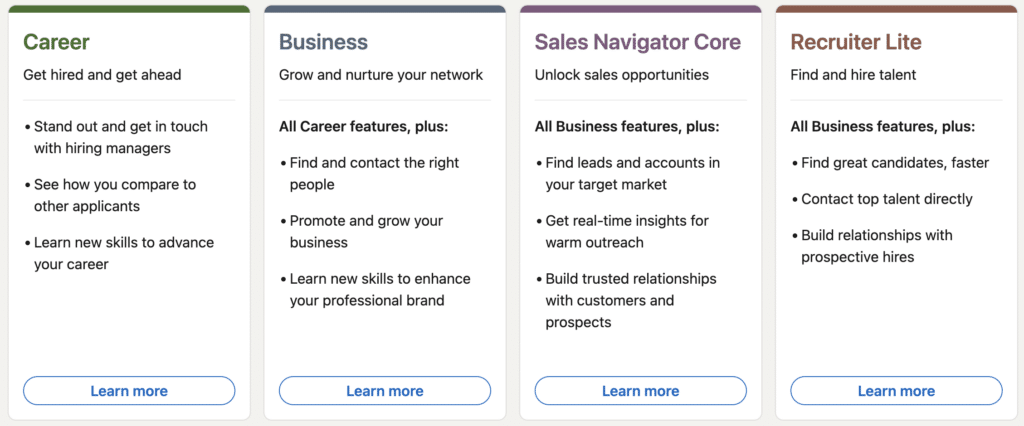
The Career plan is best for those looking for jobs. It gives you access to five InMail messages per month and in-demand videos, as well as the ability to see who viewed your profile, how many searches you’ve appeared in, and additional information on posted jobs (including salary).
The other tiers include essentially the same basic features but then go a step or two further. The Business plan gives you additional information about businesses and unlimited people searches; Sales Navigator Core gives you advanced search filters, access to different sales tools, and the ability to make notes on user profiles; and Recruiter Lite gives you guided search smart suggestions and more recruiter-focused tools.
No matter which Premium account you buy, you’ll have access to improved metrics and various ways to achieve LinkedIn growth.
Contacting LinkedIn Support
The LinkedIn Help Center contains resources, troubleshooting tips, and useful information to help you use their products. If you’re unable to find what you’re looking for, you can contact LinkedIn’s Customer Service representatives by submitting a support case, but you must be signed in to your LinkedIn account in order to do so.
Is There a LinkedIn Customer Support Phone Number?
No, LinkedIn doesn’t currently offer a phone number for customer support. There are, however, many websites that claim to provide LinkedIn phone support for a fee, but these aren’t affiliated with LinkedIn in any way.
Generating Leads on LinkedIn
LinkedIn is an especially good source for discovering leads. HubSpot found that LinkedIn is 277 percent more effective at generating leads than Facebook and Twitter.

Given this, it’s no surprise that 79 percent of B2B marketers see social media as an effective marketing channel. Furthermore, 97 percent of B2B marketers incorporate LinkedIn into their content marketing strategies, with LinkedIn accounting for 80 percent of their social media leads.
Based on the insights from LinkedIn’s Sophisticated Marketers Guide, LinkedIn tops the chart as the most efficient platform for helping content marketers achieve their goals. When considering the performance across social media networks, 82 percent of B2B marketers experienced their greatest success on LinkedIn. Meanwhile, Twitter took the second spot, at 67 percent, followed by Facebook at 48 percent.
Racking up Points for Recruitment
The other primary reason LinkedIn users are active on the platforms is for job recruitment efforts. With more than 67 million companies listed on the site and 65 million people searching for jobs on LinkedIn every week, it’s no surprise to find out that 95 percent of recruiters regularly use LinkedIn.
In fact, a study found that 122 million people received an interview through LinkedIn with 35.5 million having been hired by a person they connected with on the site. So it’s unsurprising that 101 Job applications are submitted through LinkedIn every second, and 6 people are hired every minute.
LinkedIn saw a 6x Increase in the number of remote job postings added in the U.S. from March to December 2020, with over 300k remote positions.
LinkedIn job postings that include mentions of artificial intelligence or generative AI attracted 17 percent more applications in the past 2 years than postings that do not reference these terms.
One good LinkedIn stat for recruiters is that employees sourced through the site are 40 percent less likely to leave the company within the first 6 months.
According to LinkedIn, women now represent nearly 42 percent of the company’s leadership.
A Primer on LinkedIn Profile Optimization
Because of LinkedIn’s ability to recognize boolean operators and filter results according to metrics such as company, number of years of experience, function, and seniority level, the platform easily tops its competitors for helping people make essential business connections.
However, despite the advanced search capabilities, you will still want to optimize your LinkedIn profile (suggested reading: How to Create a Company Page on LinkedIn). The first step for doing this is adding a professional photo, which on average will get a user 14 times more views than other types of profile pictures.
Understanding and leveraging online platforms for personal branding has never been more important. Around 65 percent of professionals now recognize that an online impression can be just as significant as one made in person.
To boost your connection requests, make sure you list your current position. LinkedIn members who list current job positions receive up to 5x as many requests to connect. And, don’t forget to list at least five relevant skills, as doing so increases the chance that your profile will be discovered and someone will message you by more than 31 times what you would get if you didn’t.
Given that over 30 percent of recruiters prioritize location in their searches, including this information could significantly increase your visibility to potential employers. Crafting a tailored and engaging summary of around 40 words can demonstrate your personality, something that 87 percent of employers are looking for.
LinkedIn Statistics About New Features
After Microsoft stepped in, LinkedIn introduced several new features, such as Showcase pages. This extension of business pages is designed to highlight your company’s business unit or initiative.
LinkedIn also introduced a calendar chatbot, which syncs the calendars of two LinkedIn users so they can meet up. This is especially helpful for people wanting to connect with others in different time zones. Although a chatbot feature has yet to be implemented on LinkedIn, AI technology has already made its way to the platform in the form of smart replies, or suggested responses.
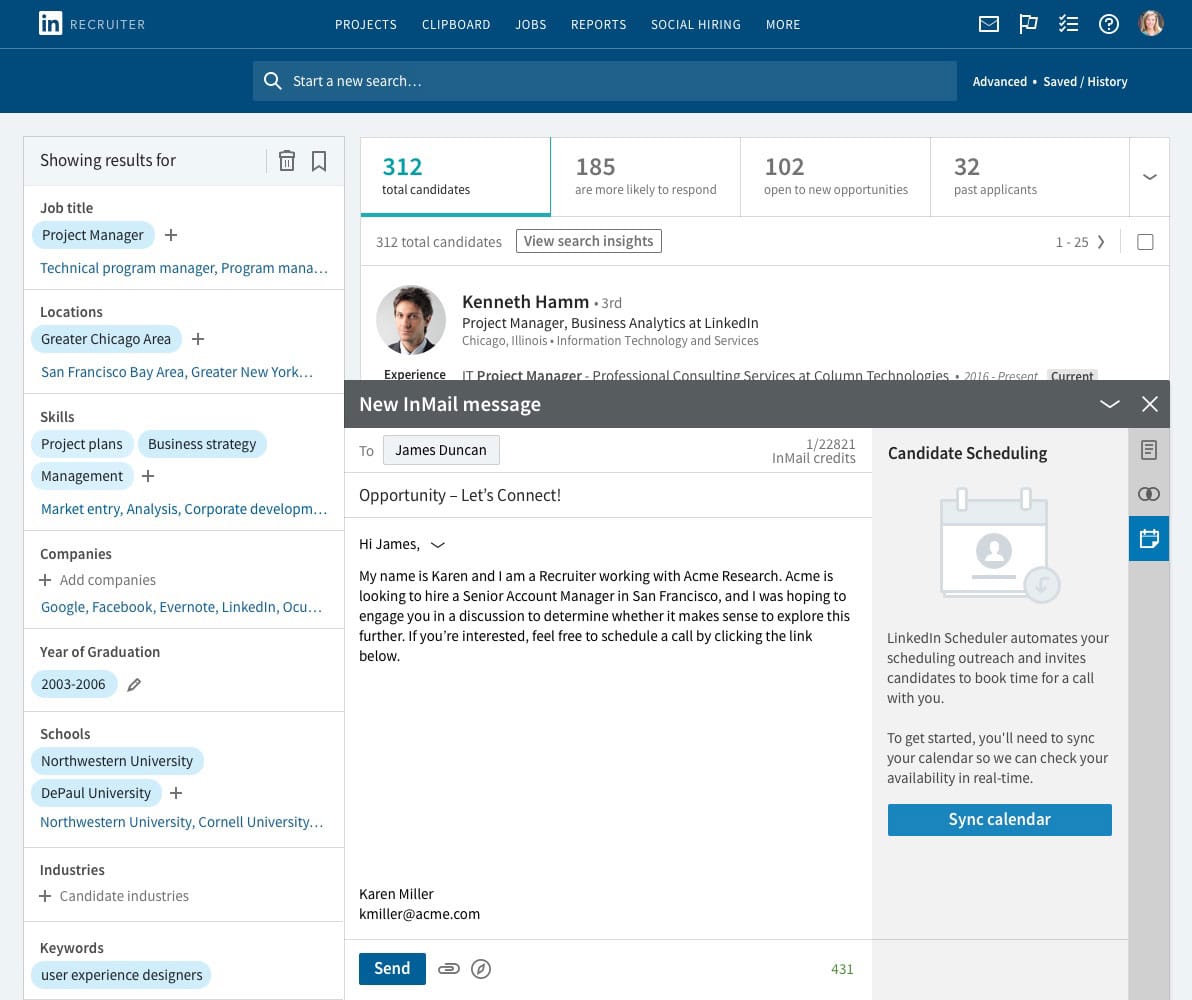
Additionally, LinkedIn also rolled out messaging, which allows users to send InMail in the form of chats, rather than with the email formatting, which cuts down on excessive clicking. This feature also includes sponsored messages.
Other new features include:
- The ability to detail the services you offer, which are prominently displayed at the top of your profile, enabling LinkedIn members to easily reach out to you directly regarding specific services.
- LinkedIn Celebrations allows members to share their triumphs, acknowledge a team member, mark career achievements, and much more by utilizing the ‘Celebrate an occasion’ feature on LinkedIn. When choosing to recognize or celebrate something, it appears as an update in both the user’s feed and on their profile. Among the choices in ‘Celebrate an occasion’ is ‘Welcome to the Team,’ which allows members to celebrate new members joining the team.
- LinkedIn’s new Collaborative Articles feature invites experts to enrich AI-generated topics with their insights, enhancing their visibility and reputation on the platform. Contributors can engage their network, gain followers, and earn a prestigious Community Top Voices badge, boosting their professional profile on and off LinkedIn.
- LinkedIn’s verification badge enhances trust by authenticating user identities, offering ways to confirm personal, workplace, and educational details. Verification through government ID and other methods is handled by trusted partners.
- The ability to add swipe-up links to LinkedIn Stories, giving more visibility to your content.
- The #Hiring and #OpenToWork frames can be applied to your profile picture to let potential candidates or employers know your current status.
- Hashtag in comments are now being indexed by LinkedIn, which means you will now see results that contain comments when searching for hashtags. This makes the use of hashtags even more important!
Content Creators Make Use of LinkedIn
LinkedIn allows you to share different types of content. Articles, which can be posted on your profile or on LinkedIn Pulse, links to your website, slideshows, and video are among the most popular types of content LinkedIn users post.
In 2019, LinkedIn sessions increased 25 percent year-over-year, with 358 billion feed updates viewed. But only around 3 million users share content on a weekly basis. This means that only about 1 percent of LinkedIn’s 260 million monthly users share posts, and those 3 million or so users net the 9 billion impressions.
LinkedIn drives 46 percent of social traffic to B2B sites and is considered the most credible source of content. So, it is no surprise that 98 percent of content marketers use LinkedIn for content marketing, especially for B2B marketing and lead generation.
A study by OkDork, which analyzed more than 3,000 LinkedIn posts, found that “how-to” and list posts performed best, especially those with titles that had 40-49 characters. Additionally, it found that posts with five headings had the most views. It also revealed that long-form content (1,900-2,000 words) performed the best, as well as content with eight images.
Just don’t get us started on the LinkedIn stats behind using “broetry”—multiple one-line sentences that are probably as annoying to write as they are to read.
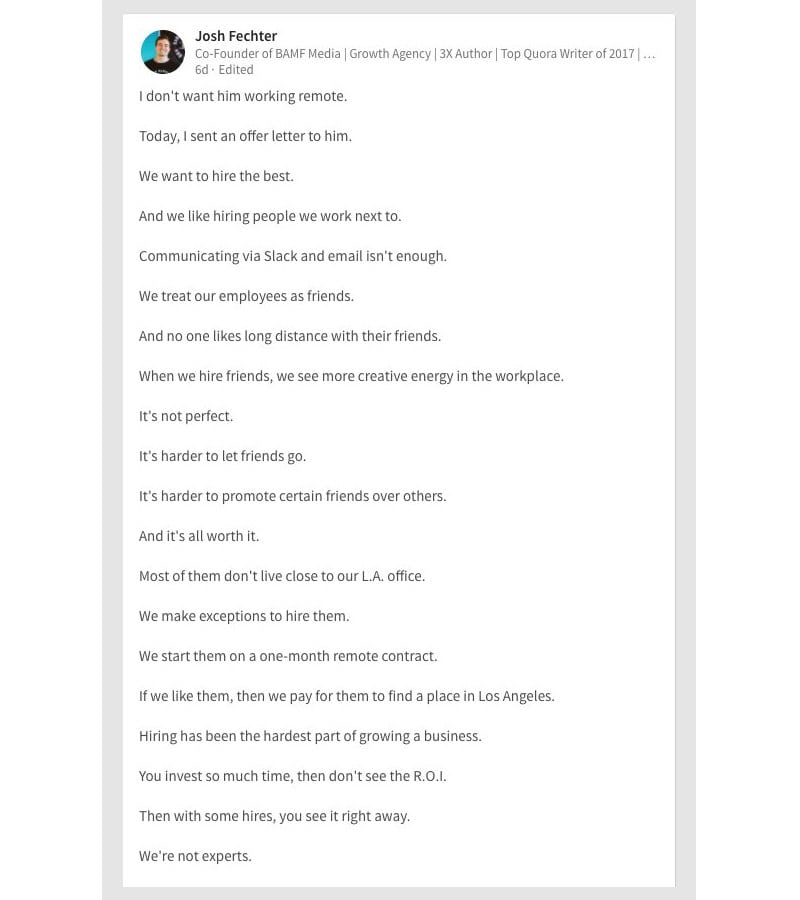
Supporting the idea that images improve your posts’ popularity is the fact that including photos increases the comment rate by 98 percent and can result in up to 21 times more profile views. Time and time again, we see that a visual content strategy just works.
Now, one interesting fact that you might not be able to tease out of your own posting results is that content published on Thursday tends to perform the best.
Thankfully, you don’t have to be famous to have your content perform well. This is clear when looking at LinkedIn’s Top 10 Voices of 2022 in the Marketing & Advertising category.
LinkedIn Video is a Victory
Mark Zuckerberg proclaimed video as ‘the next megatrend’, with platforms such as Facebook, Instagram, Twitter, YouTube, and TikTok making it easier for users to upload video content.
LinkedIn wasn’t about to be left behind, especially because it was discovered that if the content was found in both video and written format, 59 percent of executives said they would choose to consume it via video.
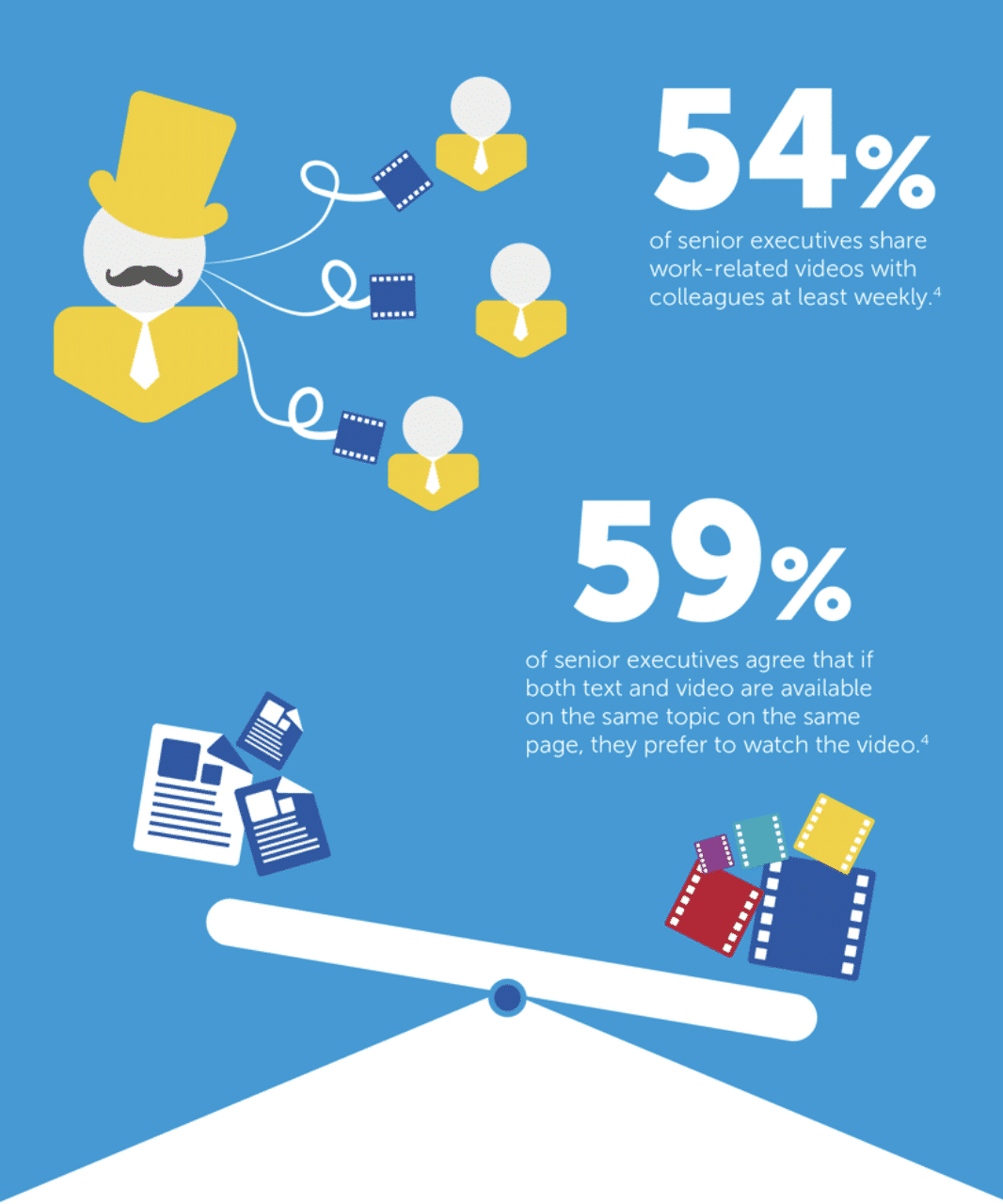
At one point, LinkedIn users could only embed video content from other sources. However, LinkedIn now allows native videos to be uploaded through the mobile app. This allows LinkedIn users to see a more “human” side of businesses, making the brands behind them more approachable.
LinkedIn was ranked in position 7 in Statista’s 2023 study, which looked at the most effective video marketing channels according to marketers worldwide. 59 percent of respondents found LinkedIn to be an effective video marketing channel.
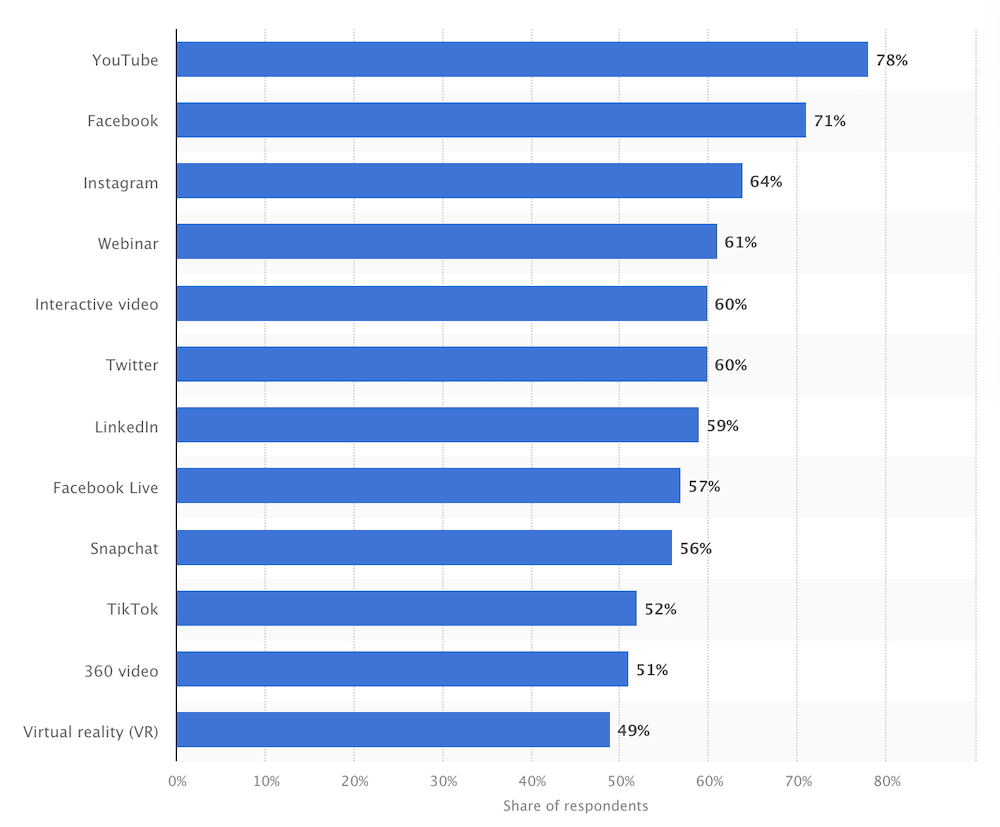
Since then, LinkedIn has introduced filters for videos, as well as native video ads as part of sponsored content offerings. This enables businesses to share their own video content. Prior to this, video content was only available for individual member user accounts.
What differentiates video ads from others is that you can choose from a number of targeting options, such as job title, location, and company size. You can also apply advanced features, such as remarketing and matched audience integration.
Since the beta launch of Sponsored Content, LinkedIn reports that users spent three times more time watching videos than viewing static content.
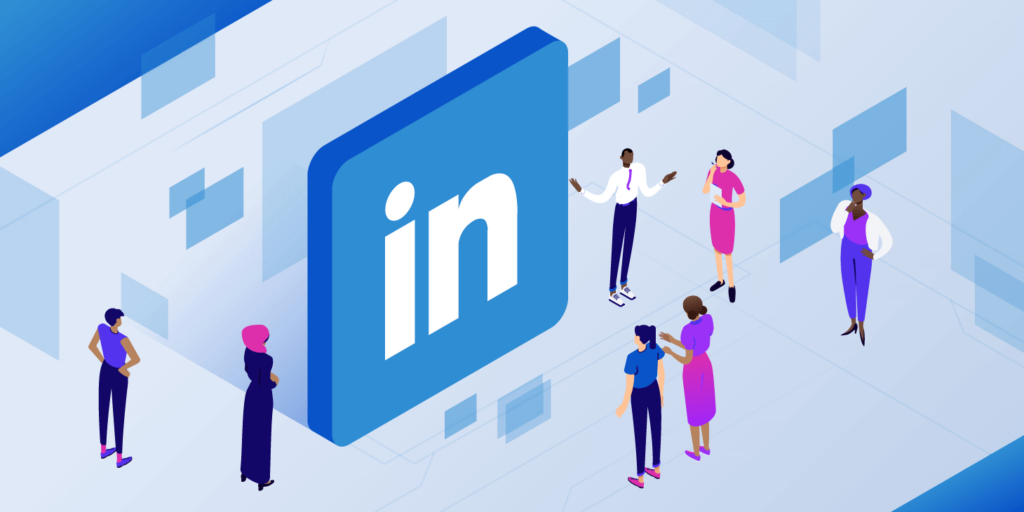


Haha!! So funny that you used one of Josh Fechter’s post for “boetry.” That guy is the boetry king…
While I strongly disagree with most of his post content, he certainly validates the concept of one-line post effectiveness.
Boetry aside, really nice article here. Thanks for sharing!
I still can’t believe that LinkedIn Video was named one of the most effective platforms for video marketing…But I guess publishing good and visually attractive content is what can attract customers attention.
this sound really good, however, I have a comment to be shared with Jeff Weiner, Steve Sordello & Shannon Brayton.
With the UK stated to be 25 million users, and the average of 39% of members are on a premium plan, i.e 9.7 million members, it means that 15.2 million are unpaid members. If we take the unemployment rate in the UK alone to be 3.95% on an average of the male/female, then calculate that percentage out of the 15.2 million, the result will be 602K members more or less. The idea here is, generating extra revenue is a very simple, as this rate will continue every month of the year with Linkedin ignoring a potential revenue of $93.2 million every year, considering that they offer Unemployed members a 50% discount on the membership until finding a job.
Now the $93.2 million forms only 1.76% out of the annual revenue of $5.3 billion(total global revenue), however, it will be something good done in the books of Linkedin’s history as well as an extra revenue to the shareholders!
they can thank me later, 12 months after implementing the plan :)
Best
Ryan
The recruiters come to Linkedin in droves. However, job-seekers do not use this platform as much as they use other sources of social media. Unfortunately, this platform is a lot like using Craigslist. It eventually goes out of style. You may find a couple of good people but the rest are out elsewhere.
This was a fantastic overview, even reading it now in February of 2020. Well done!
Is there a place to find the most searched keywords on linkdedin?
Super insightful article! I’ve got a question on LinkedIn Premium vs Sales Navigator—which of these would you recommend to help build a B2B firm’s brand on LinkedIn?
“A total of 39% of LinkedIn users pay for LinkedIn Premium” … I doubt this is anywhere close to the actual figure.
575mn users * 39% = 224mn * $360 (for the cheapest plan) = ~$81bn of annual revenues in subscriptions alone (not inc Ads)… mmm, that’s 64% of Microsoft’s total revenues of $126bn.
A good data point would be the average Premium subscription tenure per tier as I doubt that all subscriptions last up to a year.
“LinkedIn is 277% more effective at generating leads than Facebook and Twitter.”
We have found this to be true as well. Our sales team has worked with HyperSocial to optimize our LinkedIn page and launch a lead-generating campaign. Our sales have been phenomenal. We also generate proposals that are above and beyond the competition. Thanks for sharing this article.
This is very informative and thank you for that. I’m one who posts almost on a daily basis and found engagement to be the value.
Maybe Linkedin is better at generating business to business leads, but they aren’t better at generating leads in general. It’s more expensive than Facebook by far.
Usage seems to be down too in 2021. Comments and likes are somewhat lower than previous years.
I will however say this…It’s well worth the cost of Linkedin Premium. I find creating lead lists allows me to build trust and name recognition with my potential clients for a month or two before I call him.
There is a mention of Craig’s list. To me this is what LinkedIn became. It had an SEO value once too, but really now its lost. Post Microsoft acquiring it nothing really happened. We need the diversity and now I advise any younger folks be on it with a presence, but whatever you do dont pay them or add any content bar shared links to it. They are all micro blogging platforms, the whole social media idea in LinkedIn will kill it. I would say I removed maybe 300 folks this year alone from them sharing wfh memes, not what I want on a career focused platform. Build your own presence, regardless of what way they package it you can do anything online now. Never been easier to self publish, yet all the rented platforms are doing well.
I agree, the ad costs are more expensive and I would also like to see LinkedIn energise the groups function. Most groups are dying with little to no interaction.